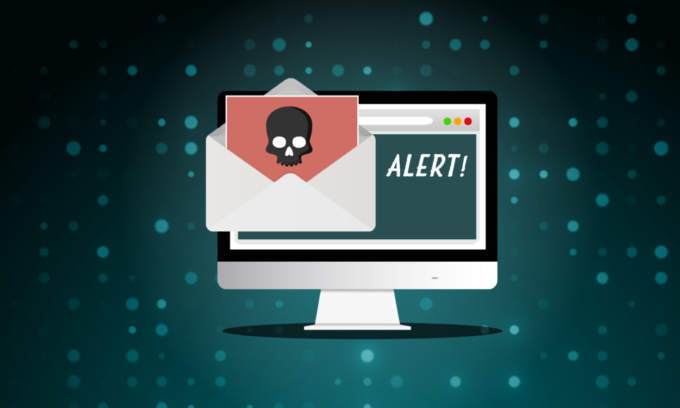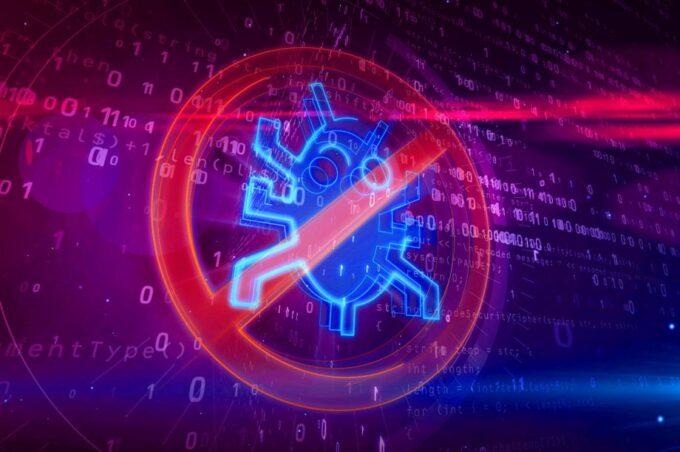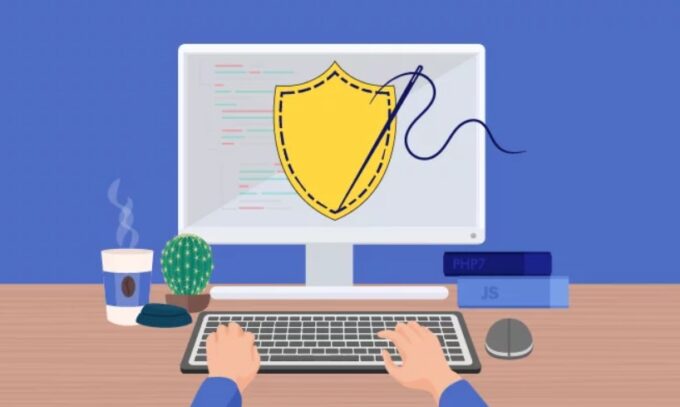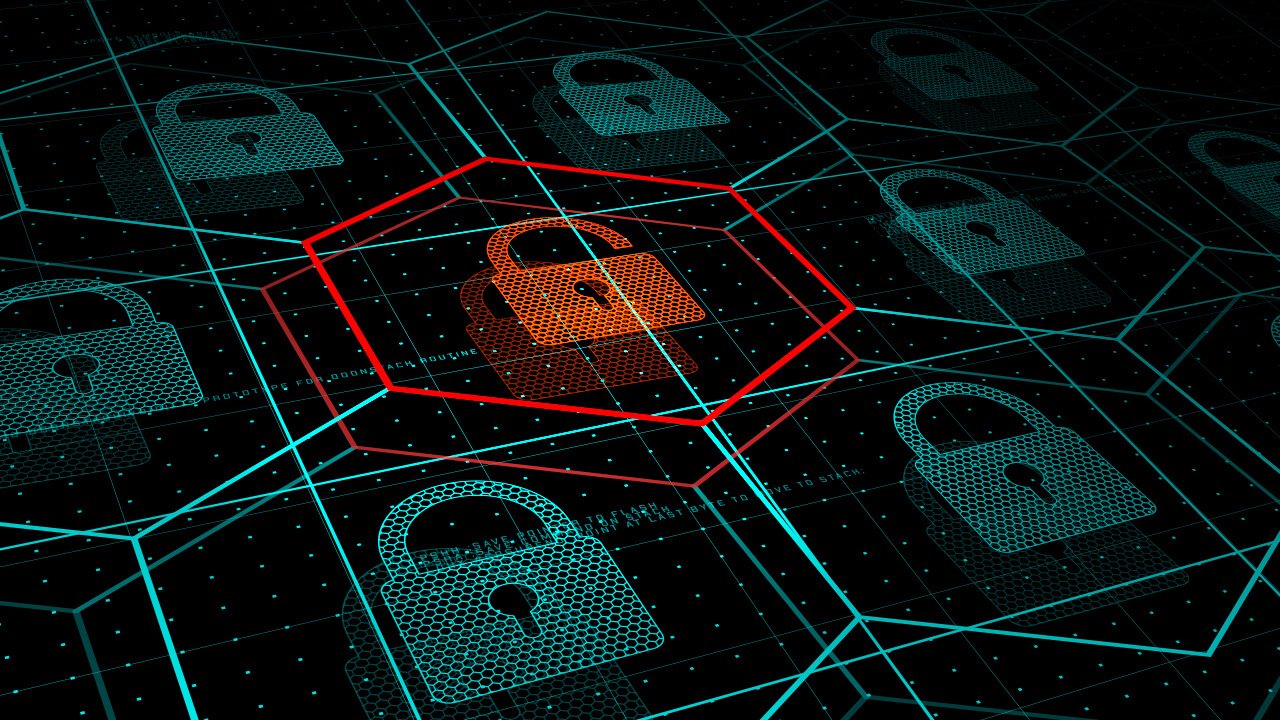Due to being highly dependent on technology, and since most of our data is stored online, there is a lot of talk about cyber security. It is a major topic and can be a major problem for some companies, for example, if they are not careful enough and don’t dedicate enough attention to their security.
Of course, the safety of our data is the primary concern for everyone, for every single person who uses the net, but also for companies as they need to be even more precautious due to handling plenty of personal info of their users.
Every company has some sort of IT infrastructure, and there are many ways they can improve their security and reduce risk. Even in cases where a company uses top-notch security systems, regular check-ups and assessments are a must.
What is cybersecurity remediation risk management?

You could often come across this term, but many need to know what it means. The first thing to mention here is that this is where it all starts, cybersecurity-wise. It is a process used for identifying possible future cyber attacks that can affect or/and harm your business, as it will provide you with the correct info about every threat in time so that you can quickly deal with it.
The Security Operations Center (SOC), a hub of skilled professionals who monitor, analyze, and respond to cybersecurity incidents, is central to this process. SOC teams are critical in early threat detection, leveraging advanced tools to analyze threat patterns and behavior. The SOC roles and responsibilities include managing incident response protocols, ensuring quick containment and remediation of threats, and safeguarding the organization’s assets and reputation.
Furthermore, it would help if you looked at this as a system and methodology for picking the right moves as countermeasures to fight any possible threats. Another term you often hear is mitigation, which differs significantly from remediation. Namely, unlike remediation, which is used to stop any potential danger, this one is more about damage control, which leads to minimizing and controlling damage and not avoiding it entirely. In this landscape, the SOC is pivotal, constantly evolving its strategies to adapt to the dynamic nature of cyber threats and ensuring that mitigation efforts are as effective as possible.
As for how to craft a successful cybersecurity remediation risk management, there are five most important steps, which we will now explain further.
Identifying the risk

It is impossible to be safe from malicious cyber-attacks if you are not able to identify the risk because recognizing it is the first step in preventing it. There are a couple of options to remediate the risk, and it is up to you to choose the best one for you.
The first option is using network monitoring tools, but it is crucial to know that they use cloud technology and monitor the possible risk from various locations. It is not a bad option, but it usually requires a lot of monitoring tools, and one company usually has between 10 and 30 of them, which can be pretty complicated for IT and security teams.
These teams can have too many alerts, and it can be pretty challenging for them to classify the important ones from irrelevant. Luckily, the other option is much easier for IT and security teams, and their job is to leverage continuous monitoring technology that can simply find the hidden risk by monitoring the attack surface.
Dashboards are great technology used to show the IT and security teams real-time information about digital assets, and they can have insight into everything that is significant to the company.
There are many people who do not know where to start and which platform to use to get the maximum protection, but luckily, we have the advice for them. Connect with Apiiro to optimize your remediation risk management. The whole process is pretty simple, and it is impossible to be unsatisfied with their services.
Understanding the likelihood rating and detecting it

Once the risk is identified and the threat is familiar to us, it is time to detect its likelihood to make problems in your company and classify the more dangerous from those that cannot give a lot of harm.
You need to make ratings for each of them, so you will know exactly which of them requires the most attention from your IT and security teams. The most common ratings are high, medium, and low likelihood, and the threat that should scare us the most is the one with high probability because it is capable of causing a lot of problems.
Antivirus and firewalls software

Although it is something that many people who even use their computers for surfing the web from home usually do, we need to mention that using antivirus and firewall software is a must for those who decide to start a business.
There is no IT or security team who will recommend skipping this important step because although it may look minor and unimportant, it can save our business from a lot of problems.
These programs are in charge of dealing with viruses and other malicious attacks, no matter if they are from the web or you accidentally transferred them by connecting the phone or USB to one of the computers. Installing them is not expensive, and it does not require a lot of time, but it can be a very smart decision once the virus hits our IT sector.
Patch management schedule

Now, the next logical step here is to take good care of your system, and the best way to do so is by planning patches in time. This is achieved by the management schedule used for patches, which allows you to quickly deduce the best way to install and use certain patches upon their release. As for how far in advance should this be planned, well, that varies from the software and antivirus you are using, but most providers release their patches consistently.
Creating a response plan

The last one is of vast importance as it affects your entire risk solving. A crucial step here is to educate every employee and provide them a course of action in case of any threat so that they would precisely know what’s needed from them in case of any cyber threat.
The whole point is that we simply do not know when or from where some attack will occur, so we need to be prepared for everything. Anyhow, data breaches are almost impossible to avoid these days, but a good incident response plan can be a key as to how much damage there will be.









